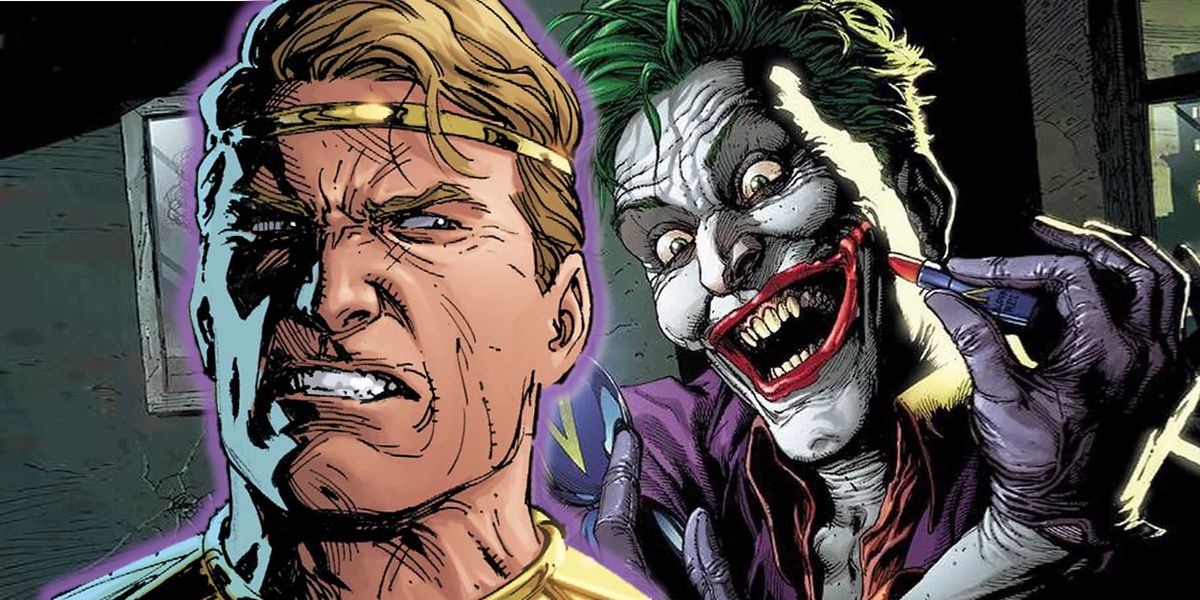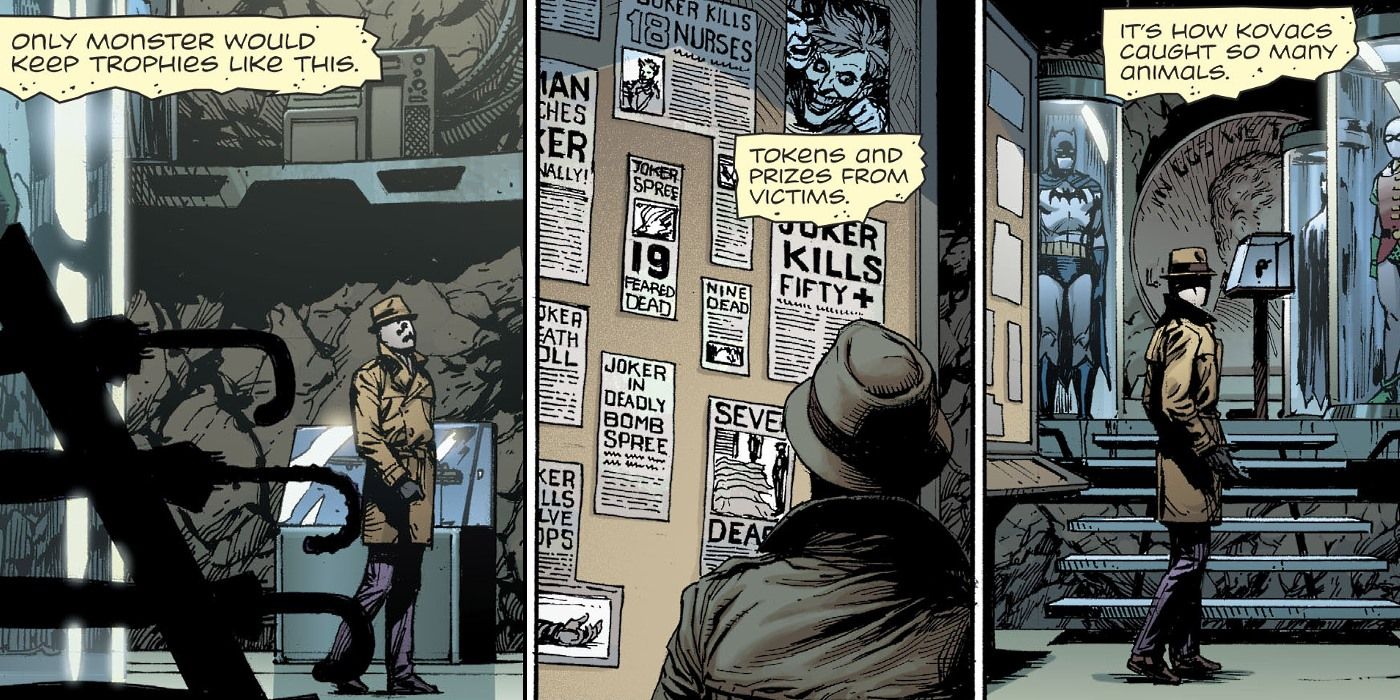WARNING: This article contains SPOILERS for Doomsday Clock #2
-
Doomsday Clock may be DC's biggest comic 'event' story in years, but it's not being written like one. That's been the sentiment put forward by Geoff Johns ever since his Watchmen sequel was announced, but it didn't convince every comic aficionado. For the skeptics, the decision to bring the Watchmen characters into DC's Universe was a shameless move, a cash-grab tarnishing the legacy of the original. But if that actually was DC's goal, then with two issues of Doomsday Clock down... it's not doing a very good job.
On the surface, the idea of building a superhero 'event' on Watchmen culminates in shocks, surprises, and delivering unexpected twists. Yet even now that Rorschach and Ozymandias have hopped into DC's reality, Doomsday Clock is taking its time. No splash pages of arrivals or battles, and truthfully almost nothing like the typical events that have led to criticism of Marvel's event fatigue (and praise to DC's Rebirth for avoiding it). To hear Geoff Johns describe it, the merging of DC superheroes and the Watchmen universe is the most anti-crossover story he could tell.
It's not hyperbolic to say that superhero universes are built on events, reboots, relaunches, and re-imaginings. When characters have been around for a half-century, it's easy to decide that only a superhero returning from the dead gets headlines, or that only a superhero taking a new identity sells books. Or, with Doomsday Clock, that only using a classic like Watchmen can make the mystery of Rebirth one for the ages. A decision that, skeptics would argue, will be rebooted or overwritten in due time.
RELATED: Batman Meets Rorschach as Watchmen Join DC's Universe
As Johns explains in an interview with CBR, he and artist Gary Frank are taking an almost completely opposite approach. It's not scale, spectacle, or shock factor driving it - nor is it pressure from the publisher to capitalize on DC's biggest brands:
The whole series is character-driven. It's all about the characters. We're spending time with the characters, and we're doing moments and interactions that I hope are unexpected. I think the version that Gary Frank and I weren't interested in telling was a DC vs. Marvel-type crossover. We were not interested in anything like that. It's not like somebody said, 'Hey, Geoff, Gary -- do Watchmen characters meet DC characters.' That never came from anybody.
When we came up with this story, when I pitched this story to everybody, we made it clear right then what we wanted to do, and everybody was psyched for it. I think the interactions between the characters -- they're on the page, so people can see what we've done and what we're doing and the tone of it. The thing we didn't want to do is have it just be about fight scenes and kind of a typical crossover.
After Doomsday Clock #2 arrived, it's a bit easier to see why everyone at DC would be "psyched," despite the apparent risk of dealing with revered properties. Especially when the characters interacting are Batman and Rorschach, the greatest detectives of their respective worlds.
Johns goes on to explain why the typical event storytelling seems at odds with a strong story, when a need for impact means "events can get universe-spanning in such a macro way, it becomes impersonal." His method of avoiding that same problem is telling "a very, very personal story" at every point possible. With two issues down, it's possible to see what he's alluding to. Ozymandias is trying to save the world before cancer kills him, Superman is introduced with the memory of his parents' death, and Batman is losing control of Gotham City.
When Doomsday Clock was expected to be the big payoff that Dr. Manhattan's role in DC's Rebirth was building towards, his absence so far demands re-examination. The grand mysteries may be forming ahead of the story, but so far the heroes are after their own goals - and simple ones, at that. It's no coincidence according to Johns, whose strategy seems to be assembling a cast of compelling characters, then... getting out of their way:
"This book is so much more about the characters than about the plot. The plot is pretty straightforward. But the characters complicate the plot. That's really what I wanted to do -- you've got so many of these giant event stories that are about other universes, and they get big and macro, and the plot really is driving it. We really wanted the characters to drive it, which is why I wanted a very simple plot -- that's complicated incredibly by these complex men and women."
Just how simple the plot remains is the real mystery of Doomsday Clock so far. How Johns and Frank can keep the story small when it involves the manipulator of the entire DC Universe - that is the deciding factor.
Doomsday Clock #2 is available now.
NEXT: Doomsday Clock Theory: Does Ozymandias Become JOKER?
Source: CBR


